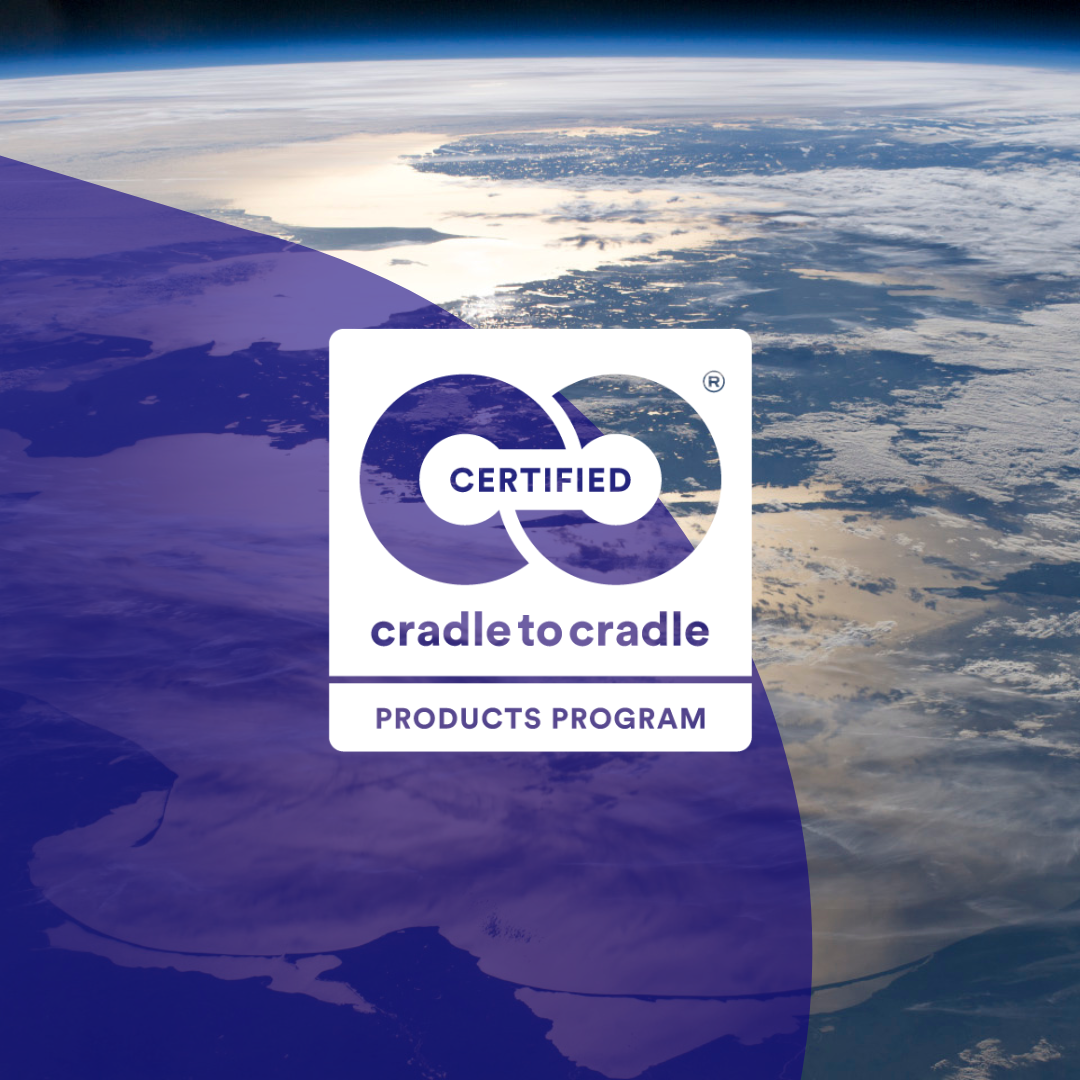C2C Certified® improves the standard for further OECD alignment
The participation of the Cradle to Cradle Products Innovation Institute in the OECD alignment assessment marks a key milestone in advancing the Cradle to Cradle Certified® Product Standard and driving continuous sustainability improvements.

The Cradle to Cradle Products Innovation Institute (The Institute) was honoured to participate in the OECD alignment assessment (standards-only) with the Cradle to Cradle Certified® Product Standard (C2C Certified®). This rigorous process has led to significant improvements and valuable insights, supporting the institute’s continuous journey towards sustainable practices. We are grateful for the support and the useful recommendations received throughout this process.
C2C Certified® is the global standard for products that are healthy, circular and made with respect for people and planet. The standard is developed by the Institute and led by the multi-stakeholder Standards Steering Committee. With Version 4.0 of C2C Certified®, the institute aimed to integrate a due diligence approach according to the UN Guiding Principles and the OECD Due Diligence Guidance. The Institute recently launched a revised standard, Version 4.1, and embedded insights obtained from the assessment for closer alignment with the OECD Guidance.
Completing the assessment has refined the sections on social and environmental policies and management systems, ensuring the approach supports impactful due diligence implementation. In an era of mandatory sustainability compliance, the Institute offers an improved approach by the aim to aligning with OECD standards. This supports companies to take responsibility while meeting global sustainability expectations.
.png)
General strengths
C2C Certified® includes expectations related to all six steps of the OECD Garment Guidance and also contains comprehensive expectations on labour conditions. C2C Certified® addresses key product- and material related risks in the value chain by encouraging companies to design products of high-quality materials that prioritize the protection of human health and the environment with a strong focus on safe chemicals. On top of that, companies need to design products for cycling and to use recycled and/or renewable materials.
The C2C Certified® standard is well-structured, clearly indicating which expectations apply at each level. The User Guidance details the expectations, outlines possible evidence allowing for consistent interpretation and assessment of the standard and supports enterprises with explanations of key concepts and examples.
-1751036397.png)
General opportunities for improvement
The multi-category standard includes the recognition of other programs and certifications to overcome double auditing and to ensure responsible raw materials are prioritized. The alignment assessment concludes that some of the C2C Certified® requirements may promote over-reliance by companies on third-party verification.
While C2C Certified® encourages companies to make progress over time through the different certification levels (Bronze, Silver, Gold, and Platinum), including through mandating that products cannot remain Bronze level certified for more than six years, the varying supply chain scope of the criteria across the different certification levels is not without challenges. The standard incentivizes companies to focus their due diligence on certain supply tiers, types of suppliers, and risks, which is not fully consistent with key overarching principles of the OECD due diligence. The purpose of the C2C Certified® approach is to ensure that companies do not overlook suppliers associated with the most significant risks and impacts along their supply chain, leaving these unidentified and unaddressed. Additionally, the framing of several criteria that companies must fulfil before re-certification could unintentionally encourage them to delay actions until immediately prior to re-certification.
Finally, the last conclusion is that the standard and User Guidance use some inconsistent terminology and needs to add some definitions. This is an issue that has been addressed in the revised standard (Version 4.1).
-1751036109.png)
What is improved in Cradle to Cradle Certified® Version 4.1?
The majority of the Environmental Policy and Management requirements have been updated with the latest standard revision. The scope of the Bronze level on environmental policy, risk assessment, and strategy, as well as the Silver and Gold levels on management system requirements have been strengthened. Under the Version 4.1 standard, these requirements now apply to the applicant company rather than focusing primarily on final manufacturing stage facilities and the certified product.
Under the updated V4.1 standard, environmental topics are now included in the Bronze level risk assessment. These topics encompass greenhouse gas emissions and their contribution to climate change, environmental pollution (air, fresh and marine water, soil), resource use and circularity, biodiversity, and ecosystems. For large companies (≥ 250,000 employees), these same issues must always be addressed in the company’s environmental policy. For other companies, these issues must be addressed in the policy if they are identified as high-risk per the risk assessment.
The scope of the Silver level monitor and verify performance requirements, as well as the Silver and Gold level grievance mechanism, transparency, and stakeholder engagement requirements, has been expanded. These requirements now encompass both environmental and human rights aspects. Previously under Version 4.0, these requirements were only found in the Social Fairness category and focused solely on human rights. With these updates, the Environmental Policy & Management requirements will be aligned with the human rights due diligence requirements already present in the Version 4.0 Social Fairness category. This alignment ensures that the standard includes a comprehensive set of human rights and environmental due diligence requirements, increasingly consistent with leading regulations and international guidelines including the European Union’s Corporate Sustainability Due Diligence Directive (CSRD) and the OECD’s Due Diligence Guidance for Responsible Business Conduct.
The institute expresses its gratitude to the OECD and will continue to work towards developing the most optimal standards for companies to create a positive impact through the design and production of C2C Certified® products. The full alignment assessment report can be found here.
For more information, please contact:
Nienke Steen, Director Apparel, Textiles & Footwear